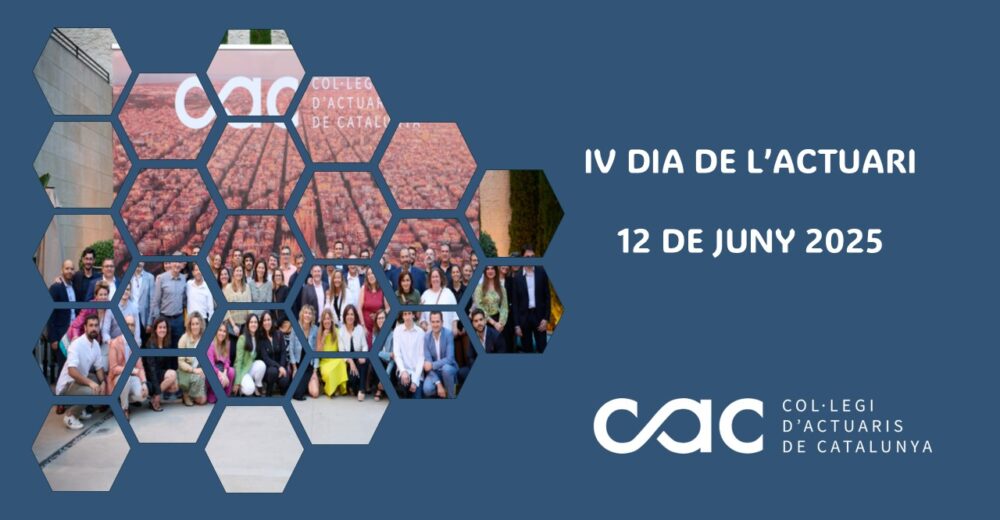Immer mehr Online-Gamer und Casino-Enthusiasten setzen auf paysafecard als bevorzugte Zahlungsmethode. Besonders für langjährige Nutzer bietet diese prepaid Karte zahlreiche Vorteile, doch auch Herausforderungen, die es zu beachten gilt. In diesem Artikel beleuchten wir die Erfahrungen von Daueranwendern, analysieren die praktischen Vor- und Nachteile und geben fundierte Einblicke, die sowohl Spieler als auch Betreiber berücksichtigen sollten.
Inhaltsverzeichnis
Praktische Vorteile der Nutzung von paysafecard für Stammspieler im Online-Casino
Schnelle Transaktionen und minimaler Verwaltungsaufwand
Ein wesentlicher Grund für die Beliebtheit von paysafecard ist die Geschwindigkeit bei Transaktionen. Nutzer berichten, dass Einzahlungen sofort auf dem Spielkonto sichtbar sind, was insbesondere bei kurzfristigen Spielsitzungen von Vorteil ist. Im Vergleich zu klassischen Banküberweisungen, die bis zu mehreren Werktagen dauern können, ermöglicht paysafecard eine nahezu sofortige Abwicklung, ohne dass zusätzliche Dokumente oder Verifizierungsprozesse erforderlich sind. Mehr Informationen dazu, inklusive eines cazinostra bonus code, finden Sie auf unserer Seite. Dies reduziert den Verwaltungsaufwand erheblich und sorgt für eine nahtlose Spielerfahrung.
Hohe Sicherheit und Schutz der persönlichen Daten
Sicherheit ist für Online-Gamer ein zentrales Anliegen. paysafecard schützt die Privatsphäre, da keine sensiblen Bank- oder Kreditkartendaten bei der Nutzung an das Casino übermittelt werden müssen. Stattdessen erfolgt die Bezahlung mittels eines 16-stelligen Codes, der in physischen Verkaufsstellen oder online erworben werden kann. Studien zeigen, dass diese Methode das Risiko von Datenmissbrauch erheblich senkt, was das Vertrauen in die Zahlungsmethode stärkt.
Unabhängigkeit von Bankkonten und Kreditkarten
Besonders für Nutzer, die keine Kreditkarte besitzen oder diese nicht für Online-Transaktionen verwenden möchten, stellt paysafecard eine attraktive Alternative dar. Die Unabhängigkeit von Bankkonten ermöglicht es, Zahlungen anonym und ohne Kreditkartenlimit durchzuführen. Für Vielspieler bedeutet dies, dass sie ihre Ausgaben besser kontrollieren und im Rahmen ihrer finanziellen Möglichkeiten bleiben können.
Langfristige Nutzererfahrungen: Einfluss auf Spielverhalten und Zufriedenheit
Stabile Zahlungsgewohnheiten und Vermeidung von Überschulden
Langjährige Anwender berichten, dass die Verwendung von paysafecard ihnen geholfen hat, ein diszipliniertes Spielverhalten aufrechtzuerhalten. Da die Einzahlungssummen vorab festgelegt werden, besteht weniger Gefahr, impulsiv mehr Geld auszugeben. Dies fördert eine verantwortungsvolle Spielweise und kann Überschuldung verhindern, was bei der Nutzung von Kreditkarten oder unlimiterten Banktransfers eine größere Herausforderung darstellt.
Vertrauen in die Zahlungsplattform durch wiederholte Nutzung
“Durch die kontinuierliche Nutzung von paysafecard habe ich ein hohes Vertrauen in die Plattform aufgebaut. Es ist zuverlässig und einfach zu bedienen — ideal für regelmäßige Spieler.”
Dieses Vertrauen, das mit der Zeit wächst, führt dazu, dass Nutzer sich sicherer fühlen und häufiger auf paysafecard setzen. Die Gewohnheit, diese Zahlungsmethode zu verwenden, steigert die Zufriedenheit und fördert die Bindung an bestimmte Casinos.
Auswirkungen auf das Spieltempo und die Entscheidungsfindung
Ein weiterer Aspekt, den Nutzer häufig ansprechen, ist das Einfluss auf das Spieltempo. Da keine sofortigen Banktransaktionsprozesse nötig sind, bleibt der Spielfluss ungestört. Allerdings kann die Begrenzung der Einzahlungssummen auch dazu führen, dass Spieler ihre Entscheidungen bewusster treffen und das Spieltempo regulieren, was sich positiv auf die Spielfreude auswirken kann.
Herausforderungen für Daueranwender bei paysafecard im Casino
Limitierungen bei höheren Einzahlungssummen
Ein bedeutendes Problem für Vielspieler sind die festgelegten Limits bei paysafecard. Die maximale Einzahlungssumme pro Karte liegt meist zwischen 100 und 250 Euro, abhängig vom Anbieter und Land. Für Nutzer, die regelmäßig größere Beträge investieren möchten, sind diese Grenzen eine Hürde. Obwohl es Möglichkeiten gibt, mehrere Karten zu kombinieren, ist dies umständlich und nicht so bequem wie andere Zahlungsmethoden.
Fehlende Bonusangebote im Vergleich zu anderen Zahlungsmethoden
Viele Casinos bieten bei Einzahlungen via Kreditkarte oder e-Wallets attraktive Bonusangebote an. Bei paysafecard sind solche Boni weniger üblich, was die Attraktivität im Wettbewerb einschränkt. Nutzer berichten, dass sie oft auf Angebote verzichten müssen, die bei anderen Zahlungsmitteln üblich sind, was langfristig die Zufriedenheit beeinflussen kann.
Probleme bei Rückerstattungen oder bei Verlust der Karte
Ein weiterer Nachteil ist die Problematik bei Rückerstattungen. Wenn eine paysafecard verloren geht oder gestohlen wird, besteht meist kein Anspruch auf Rückerstattung oder Ersatz, sofern keine vorherige Registrierung oder Sperrung erfolgt ist. Dies kann bei irrtümlicher Nutzung oder unabsichtlichem Verlust zu erheblichen finanziellen Verlusten führen. Nutzer sollten sich der Risiken bewusst sein und geeignete Sicherheitsmaßnahmen ergreifen.
Fazit
Langzeitnutzer schätzen paysafecard vor allem wegen ihrer Geschwindigkeit, Sicherheit und der Kontrolle über Ausgaben. Dennoch müssen sie auch die Limitierungen bei Summen und die begrenzten Bonusangebote in Kauf nehmen. Für verantwortungsbewusste Spieler ist paysafecard eine sinnvolle Wahl, um das eigene Spielverhalten zu steuern und Datensicherheit zu gewährleisten. Für Vielspieler, die höhere Einzahlungen oder spezielle Boni suchen, empfiehlt sich die Nutzung zusätzlicher Zahlungsmethoden.












































 número nº 252 de Empresa Global (Junio 2025), la revista mensual de Afi, dedicada íntegramente a los activos digitales
número nº 252 de Empresa Global (Junio 2025), la revista mensual de Afi, dedicada íntegramente a los activos digitales